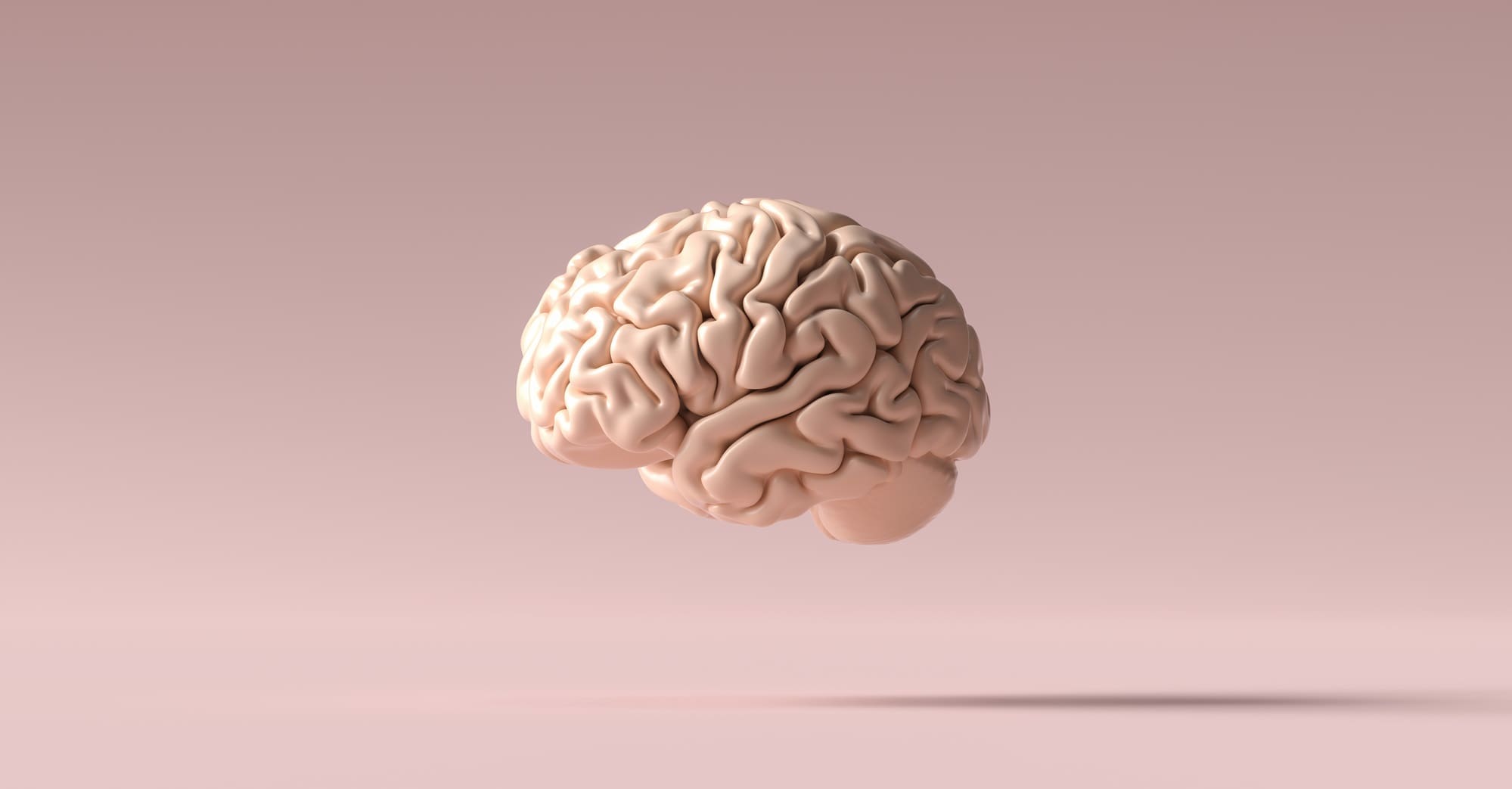The West Coast Health Alliance has spoken & confirmed that vaccines are safe and they do not cause autism. This message is important because many parents have heard confusing or frightening claims over the years. Some of those claims came from outdated information or from people sharing opinions unsupported by science. Doctors and researchers around
The human brain has been the subject of research, especially in the field of autism. Understanding how various neurodiverse brains work can be beneficial in many ways, including providing insights to scientists on what causes autism and how to manage it.
Recently, a team of researchers used stem cells extracted from the blood of 10 young children between the ages of 1 and 4 years who were diagnosed with idiopathic autism (a type of autism without a known genetic cause). These stem cells were then used to create models of fetal brain cortex known as brain cortical organoids (BCOs).
Additionally, they created BCOs from six regular-developing children for comparison. This comparison was hoped to offer insight into potential differences in brain development between children with and without autism.
Findings on Brain Development
Findings showed that the BCOs, or, in simple terms, the tissue samples from toddlers with autism, had significantly larger organoid sizes – around 40 percent larger than those of the neurotypical controls. The study further found a correlation between the size of the BCOs and the severity of social and language symptoms in these toddlers as they grew older – the larger the BCO size, the more severe the symptoms were.
This was also confirmed by MRI scans which showed larger brain structures in these toddlers as well. Another interesting finding was that those with very enlarged BCOs also had larger volumes in certain areas of the brain associated with social, language, and sensory functions compared to their neurotypical peers.
Professor Muotri, who works at UC San Diego School of Medicine and specializes in the field of neurodevelopmental disorders, explained in simple terms that they had found excess cells and neurons in the brain organoids of toddlers with profound autism.
He also mentioned that the growth rate of these cells in all children with autism was three times faster than those without the condition.
The research implication
According to Dr. Muotri, no study has been conducted before on this specific topic, which focuses on autism stem cells and the underlying neurobiological causes of social and communication difficulties in autistic individuals. Their study aims to fill this research gap and provide a better understanding of when these challenges begin to arise. This can potentially lead to the development of new treatments and therapies for autism, improving the quality of life for those affected by the disorder.
Autism Treatment and Support in Sacramento
For families looking for high-quality therapy options for autism in Sacramento, do not hesitate to seek out reputable resources such as Sacramento ABA Therapy.
With our expertise and devotion to helping individuals with autism reach their maximum potential, we believe we can create a diverse society.

